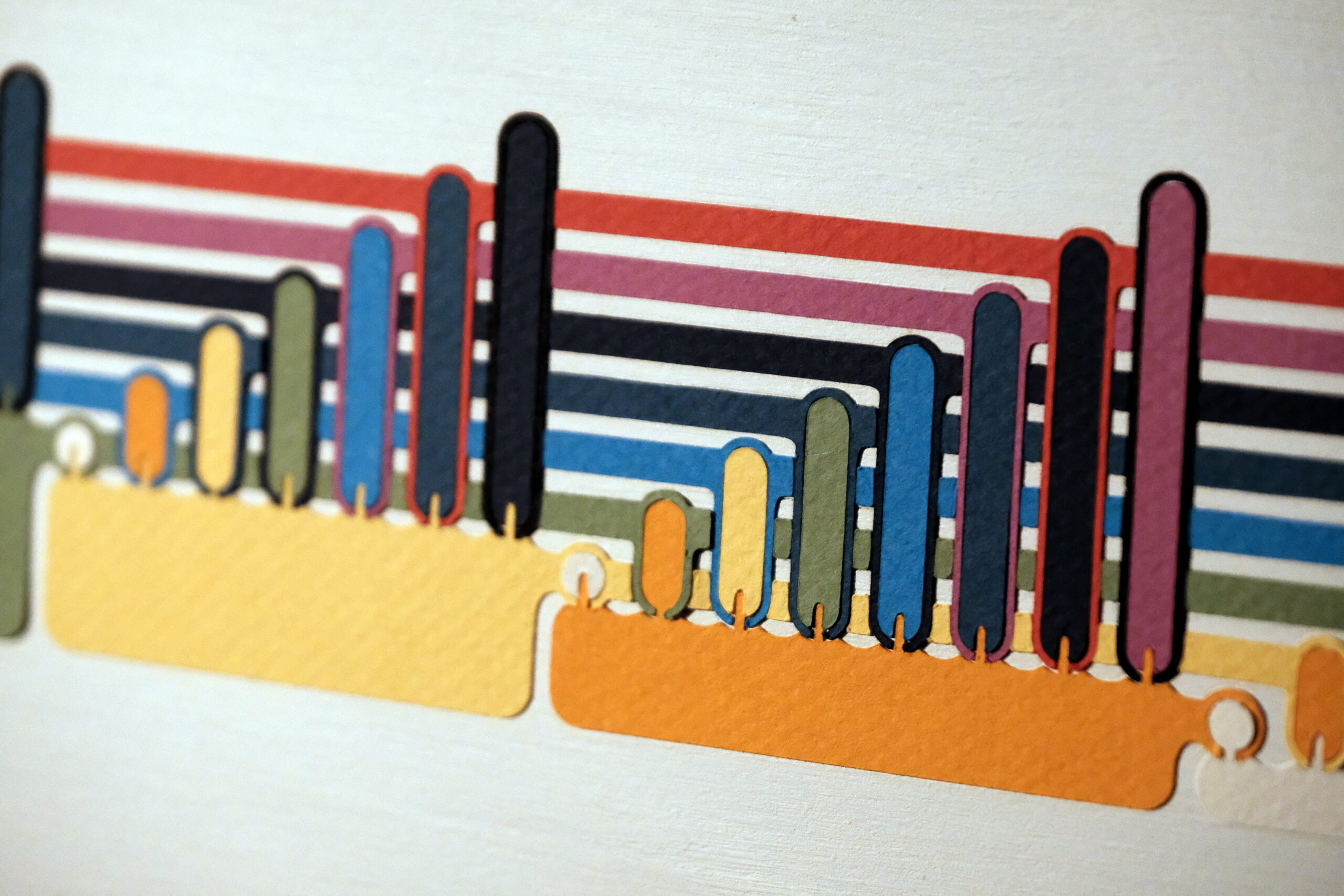
A frog rests on the bank of a pond. There are nine lily pads in a line across the pond. The frog may make 1) any size hop and 2) any number of hops in order to land on the opposite bank without overshooting. It can hop ten spaces (the whole pond), it can hop one at a time to every single pad all the way across, or it can take one of the other 510 combinations.
The frog agrees to the rules but it’s a frog, so it’s going to do what it wants. At first, it enters the following in Excel:
| 1st hop | =RANDBETWEEN(1,10) |
| 2nd hop | =IF(B1<10,RANDBETWEEN(1,10-SUM(B1)),”—“) |
| 3rd hop | =IF(SUM(B1:B2)<10,RANDBETWEEN(1,10-SUM(B1:B2)),”—“) |
| 4th hop | =IF(SUM(B1:B3)<10,RANDBETWEEN(1,10-SUM(B1:B3)),”—“) |
| 5th hop | =IF(SUM(B1:B4)<10,RANDBETWEEN(1,10-SUM(B1:B4)),”—“) |
| 6th hop | =IF(SUM(B1:B5)<10,RANDBETWEEN(1,10-SUM(B1:B5)),”—“) |
| 7th hop | =IF(SUM(B1:B6)<10,RANDBETWEEN(1,10-SUM(B1:B6)),”—“) |
| 8th hop | =IF(SUM(B1:B7)<10,RANDBETWEEN(1,10-SUM(B1:B7)),”—“) |
| 9th hop | =IF(SUM(B1:B8)<10,RANDBETWEEN(1,10-SUM(B1:B8)),”—“) |
| 10th hop | =IF(SUM(B1:B9)<10,RANDBETWEEN(1,10-SUM(B1:B9)),”—“) |
I appreciate the logic but not the lack of visual appeal so I provide the two following visual representations:
every possible path

Every possible path can be visualized, but it needs to be done symbolically to make any sense: an expanded (non-symbolic) version three inches high at the proportions shown here would need to be about sixty-five feet long.

The bottom edge is the starting bank and the upper edge is the target bank. The lower “row” (which is sort of diagonal) represents the first hop. The height of each shape corresponds (pun) to the number of pads hopped across. The shapes are also color-coded.

The upper row represents subsequent hops. Each pill shape is a symbol for the containing shape of the same color.

For example, the yellow pill represents a three pad hop which can be made up of a one pad hop (white) and a two pad hop (orange) in either order; each of the orange two pad hops can be made up of one two pad hops or two one pad hops.
The larger the hop after the first one, the more the symbolic version expands horizontally. The frog is overwhelmed by the vast number of possibilities in this diagram. That’s because this representation contains a lot of duplicates. The next representation removes all duplicates.
de-duped paths

Again, the bottom row represents the first hop. The frog uses this as a map, plotting a course across the pond. Each color represents a hop distance.
The first hop has ten options, each represented by a different color. After the initial hop, the choices for the next hop are determined by the pill shapes penetrated by spikes. The top of that pill shape will lead horizontally to another rectangular shape. Rectangular shapes penetrate pill shapes, pill shapes lead to rectangular shapes, and so on, until a pill shape with a black outline is reached, indicating a landing at the other side of the pond.



A closer look at the condensed hop guide examples given above:



Satisfied that these maps work, I cut made art pieces out of cut paper.


These two artworks were on display at the 2024 Joint Mathematics Meetings in San Francisco.

The “deduped” version was on display at the d’Art Center in Norfolk, VA as a part of the June / July 2024 Fibrous exhibition.

The “symbolic” version was on display at the City County building in Knoxville in 2024 / 2025.
